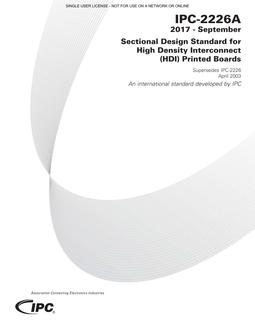
CIE 204 – UV-C Photocarcinogenesis Risks from Germicidal Lamps
Please note: English version is included in the case of purchasing a translation.
Increasingly, UV-C (100 nm – 280 nm) mediated air disinfection (principally 254 nm radiant energy from low-pressure mercury lamps) is being used as a building environmental control to provide human protection from transmission of airborne pathogens such as tuberculosis bacteria, influenza viruses and other aerosolized agents. Some uses of UV-C energy require direct exposure of the volume room air in a horizontal plane directly above the heads of occupants. In these settings there is the potential of reflected or scattered UVC radiation that could result in human exposure. Known side effects of overexposure to UV-C radiation include transient corneal and conjunctivalirritation (photo-keratoconjunctivitis) and skin irritation (erythema), which disappear within a 24 – 48 hour period, not currently known to produce lasting biological damage. The ACGIH and ICNIRP threshold limit for 8 hour continuous exposure to UV-C radiation at 254 nm is 6 mJ*cm-2 (60 J*m-2), and proper installation of well engineered UV-C systems meet this criteria. However, there have been incidents of poor installations resulting in accidental UV-C overexposures. General statements that all UVR is carcinogenic have raised safety concerns of open air UV-C systems. Although, from basic biophysical principles, UV-C radiation is carcinogenic for the same reason that it is an effective germicidal agent, the attenuation provided by the stratum corneum and epithelial tissues of the skin greatly reduces the risk relative to UV-B radiation. UV germicidal irradiation can be safely and effectively used for upper air disinfection without a significant risk for long term delayed effects such as skin cancer.
Product Details
- Published:
- 02/01/2010
- ISBN(s):
- 9783901906817
- Number of Pages:
- 23
- File Size:
- 1 file , 300 KB
- Note:
- This product is unavailable in Ukraine, Russia, Belarus


